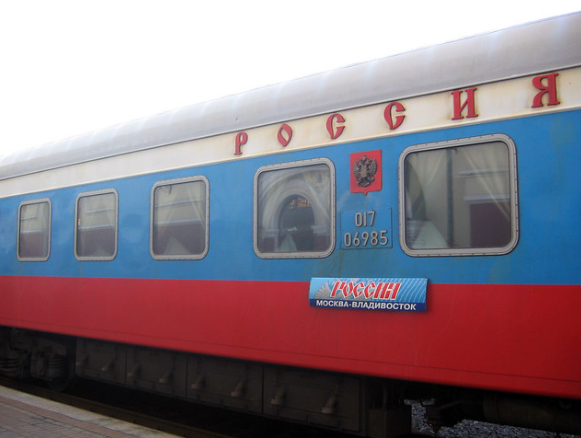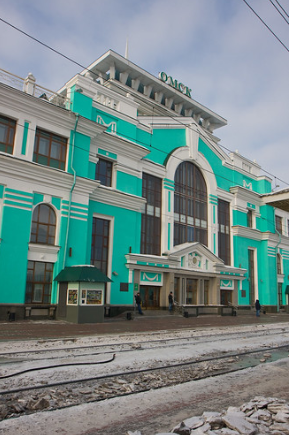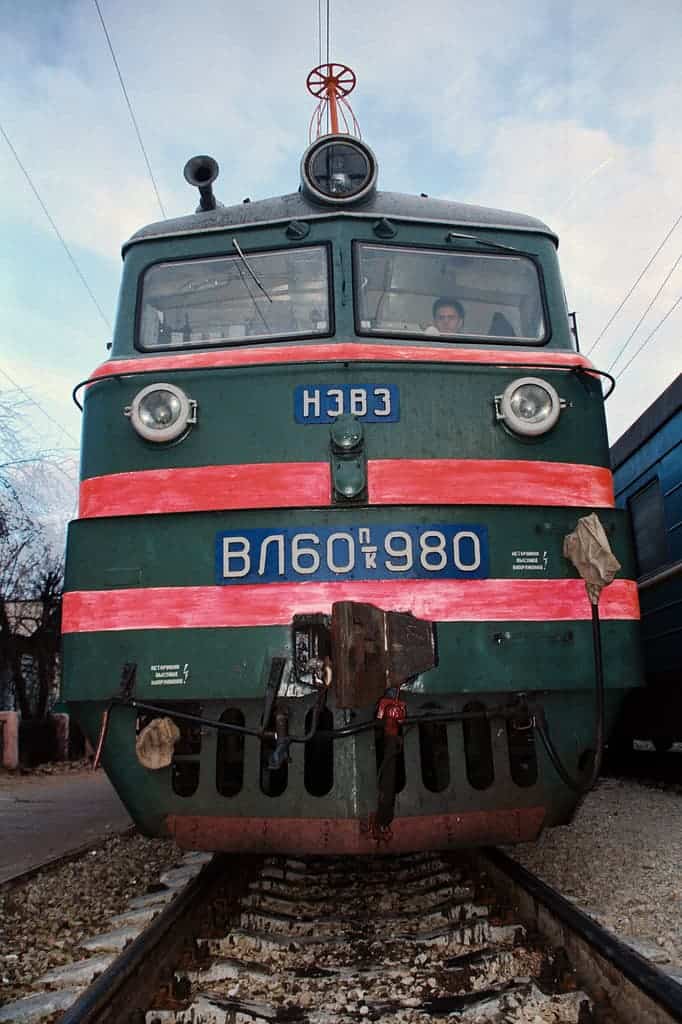History of the Trans Siberian Railway
The Transiberian train, the longest continuous railway and certainly one of the most impressive in the world. It has been around for over a century. When it comes to historical significance, this may not sound too impressive. But that’s only until you realize that the original plans for the world’s longest railway were set in 1889.
When other nations were still establishing local routes for their railway, Czar Alexander III was appointing engineers for what would turn out to be the single most expensive man-made construction in the world. It took engineers until 1913 to finalize the last segment of the train. Just in time for the Revolution, which will turn the Transiberian into one of the most hated railways in the history of mankind. From February to October 1917, the train was primarily used to transport prisoners to exile and to connect Allied armies with the main forces stationed in Moscow.
What is the Trans Siberian Express Like?
Nowadays, the train, which was once a symbol of splendor, has taken a turn for the worse. Thousands of tourists still flock to Moscow to take the route across the country. The journey now is more a challenge than a vacation. The route between Moscow and Vladivostok is 5,772 miles and takes about seven days.

While there are stops in the way, most are just for a few minutes. (anything between 10 and 40) It’s barely enough to get off the train and stretch your legs. Or you can buy something from one of the babushkas (old Russian women) selling homemade food or trinkets right on the platform.
The train itself is not for the faint of heart. Whatever type of compartment you chose, you are still limited when it comes to toilets (there are only two per wagon, shared by everybody) and hygiene (no showers or running water except for the small sink in the bathroom).
The Wagons
Each wagon is attended by a provodnik (conductor), who is basically in charge of walking around the train and making sure things are in order. She (is usually a woman) also sells tea and warns passengers of upcoming stops. Unless you speak some Russian, however, you are probably limited here, as you’ll be hard-pressed to find a provodnik who speaks any English at all.
While there is a small restaurant on board the train, the food is both too bland and too expensive for most passengers. People usually bring snacks and drinks along or buy something to eat in one of the numerous stops along the way.
In fact, if you’re taking the train all the way from Moscow to Vladivostok, there are 87 towns in between the two cities. While the number and places for stops vary, you can expect almost as many station stops as there are cities.
Types of Tickets
There are three classes on the Transiberian: first class (two-berth compartments best known as “spalny”), second class (four-bed compartments also known as “kupe”) and third-class (platzcart), which is basically an open communal wagon with 20-30 beds.
Unless you’re ready for real adventure forget third class. There is no privacy at all. Most foreign travelers take a second-class compartment and pray that they get nice bunkmates. In certain routes, like the Chinese line (and then only on certain trains, like Numbers 3 and 4), first class compartments have a shower. This can be a lifesaver if you’re staying onboard (rather than doing stopovers) for the whole duration of the trip.
Tickets do not allow stopovers. This means you will need to book tickets in sections if you plan on staying in any specific city along the way. Do keep in mind through, that Russian law requires you to register with the local authorities if you’re planning on staying in any one place for more than three days.

Tickets do not allow stopovers. This means you will need to book tickets in sections if you plan on staying in any specific city along the way. Do keep in mind through, that Russian law requires you to register with the local authorities if you’re planning on staying in any one place for more than three days.
Costs
Tickets for the Transiberian railroad can only be bought in Russia. Certain companies and websites may be able to book a reservation in advance, but you will need to pick up the tickets yourself once you arrive in Russia.
Also, tickets cannot be booked more than 45 days in advance, so careful planning is required. Ticket prices vary widely depending on the type of accommodations you choose. The length of the trip and whether you book the long route or purchase several sections.
For example, second class tickets for the route Moscow-Vladivostok cost $318, while first class cost $627. There are no third class wagons for the full trip, although you may be able to book parts of the trip in third class if you’re planning on hoping on and off the train in different cities.
The Good Things
Traveling alone for seven days could be boring but rarely is on the Transiberian. Not only will you have lots of chances to cross through amazing scenery (including Lake Baikal, the sea of Japan and Siberia itself) but you will get a glimpse of the famed Russian hospitality.
Whoever shares the compartment with you will certainly become an ally and a friend along the way. Expect to share drinks. You’ll be invited to play card games and get lots of snacks and conversations from your bunkmates. Even if you don’t speak Russian and they don’t speak English, they’ll always find a way to communicate.
The Bad Things
If you’re looking for privacy and quiet, the Transiberian train is not for you. Rules here are, at best, lax, with everybody drinking, singing or playing the radio as they see fit.
Unless you are traveling with friends or have a compartment just to yourself, you will have to share the small quarters with strangers. This makes for some interesting (and sometimes uncomfortable) moments. There is no such thing as men/women compartments, so you may as well end up sleeping next to strangers of the opposite sex.
Despite the lack of privacy, the train itself is not dangerous. Unless you are thinking about the safety of your possessions. As a general rule, always keep your documents and money next to you. Preferably put them under your bed (which opens up to expose a luggage compartment) or on a belt around your waist. Traveling in summer can be a challenge, as there is no air conditioner and no showers onboard.
If you are going to Russia – Get your Tourist Invitation Letter or your Business Invitation Letter from iVisa.com


Here’s a website your readers might be interested in:
https://trans-siberian-railway-encyclopedia.com/
Kind regards, Robert Walker, Waikiki, Honolulu, Hawaii